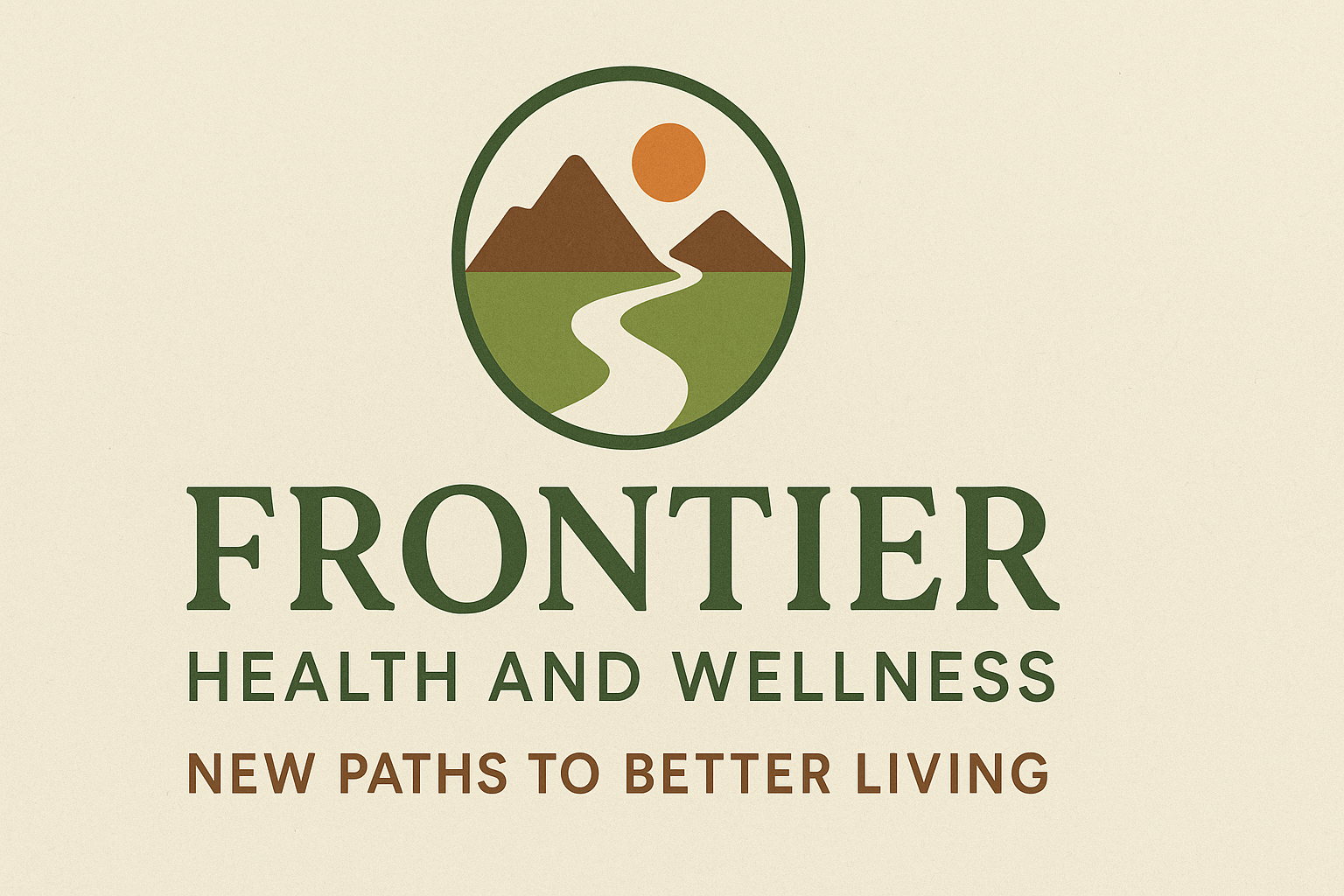Frontier Health and Wellness: New Paths to Better Living

More people are looking for fresh ways to feel better. They want health that goes beyond pills and quick fixes. This is where frontier health and wellness comes in. It’s about new ideas and old wisdom working together.This kind of health care blends nature, science, and lifestyle. It looks at the whole person, not just symptoms. People use it to feel stronger, think clearer, and live longer. It’s not one-size-fits-all—it’s built around each person’s needs.
Some call this approach holistic. Others see it as the next step in personal health. Either way, it’s growing fast. More clinics, apps, and retreats now focus on this model. In this post, we’ll break down what frontier health and wellness really means. We’ll look at how it works, why it matters, and how you can start using it in daily life.
What Is Frontier Health and Wellness?
Frontier health and wellness focuses on long-term health through natural and smart methods. It uses food, movement, sleep, and mindset to build strength from within. The goal is not just to avoid sickness but to thrive every day. It includes many practices like functional medicine, biohacking, and outdoor therapy. These tools help people understand their bodies better. They also help them make choices that support energy, mood, and fitness.
This type of wellness is different from standard health advice. It does not rely only on drugs or short-term diets. Instead, it builds habits that last and adapt over time. Anyone can try parts of it. You don’t need to change everything at once. Start small. Pick one area—like sleep or nutrition—and improve it step by step.
Where Did Frontier Health and Wellness Come From?
The idea started from several sources. One was functional medicine. That method treats the root of health issues, not just symptoms. Another source was wilderness therapy. It uses nature to heal stress, trauma, and mental fatigue. Biohacking also played a role. People began tracking sleep, diet, and mood to boost performance. They used data to find what worked best for them. This led to more personalized health plans. Ancestral living became part of the trend, too. Some looked back at older ways of eating and moving. They found these matched the body’s natural rhythms better than modern habits. Over time, these ideas came together. Now they form a new path to health. One that mixes science, nature, and self-awareness.
Read more: Asurion Verizon Your Ultimate Guide to Verizon’s Device Protection Plan
Core Parts of Frontier Health and Wellness
There are six main areas in frontier health and wellness. Each plays a role in building better health. Let’s look at them one by one.
1. Functional Nutrition
This is about eating for your body’s needs. Not all diets work for everyone. Functional nutrition tests for allergies, gut health, and blood sugar levels. Then it builds a plan based on results.
2. Physical Resilience
Being strong and flexible helps prevent injury and disease. This part includes strength training, yoga, and natural movement like walking or climbing. It’s not just about looking fit—it’s about being ready for life.
3. Mental Clarity
Stress and anxiety affect physical health. Mindfulness, breathwork, and journaling help calm the mind. Some even use guided therapy with psychedelics under supervision.
4. Environment
Your space affects your health. Clean air, less screen time, and natural light matter. Reducing toxins in your home and office supports your body’s balance.
5. Wearables and Tech
Watches and rings track sleep, heart rate, and stress. These tools give real-time feedback. They help users adjust habits quickly and effectively.
6. Nature Time
Spending time outdoors resets the nervous system. Hiking, forest walks, and cold water dips are common in this model. Nature is seen as a key healer. Each part supports the others. Together, they create a full picture of health.
How Is It Different from Regular Health Care?
Standard health care often waits until something is wrong. Then it treats the symptom. Frontier health and wellness work differently. It tries to stop problems before they start. Here’s a simple comparison:
Real-Life Ways People Use Frontier Health and Wellness
People apply this model in many ways. Here are some examples:
1. Retreat Centers
Some go to nature-based retreats. These include yoga, fasting, and guided therapy. They reset both body and mind.
2. Workplace Wellness
Companies add standing desks, meditation breaks, and healthy snacks. They aim to keep employees energized and focused.
3. Community Groups
Groups meet for cold plunges, group runs, or cooking classes. Shared goals make it easier to stick with new habits.

4. Personal Coaches
Functional health coaches guide clients. They use lab tests and health history to build custom plans.
5. Research Programs
Hospitals and schools study frontier methods. They test things like plant-based diets, breathing techniques, and digital detoxes. These uses show how broad and flexible the model is. It fits into many lifestyles and settings.
Challenges and Criticisms
Even though this model is gaining traction, it has its downsides.
1. Not Regulated
Many frontier health tools aren’t tested by health agencies. This can lead to false claims or unsafe advice. Always check sources and talk to a doctor when needed.
2. Cost Can Be High
Some services cost more than average health care. Functional testing, retreats, and high-end wearables may be out of reach for some.
3. Limited Science
Some methods lack solid research. Breathwork and biohacking have early signs of success. But more studies are needed to confirm long-term effects.
4. Risk of Overdoing It
Tracking every habit can cause stress. Some get too focused on numbers and forget to enjoy life. Balance is key.Despite these issues, the model keeps growing. People are drawn to its focus on prevention and personal power.
Final Thoughts on Frontier Health and Wellness
Frontier health and wellness is more than a trend. It’s a shift in how we see health. It asks us to take charge of our habits, not just follow rules. It mixes science with nature. It values rest as much as effort. And it sees health as a lifelong journey, not a race. You don’t have to do everything at once. Start with small steps. Try better sleep, cleaner food, or more time outdoors. Track how you feel. Adjust as needed. As more people adopt this model, it will shape the future of health. It could lead to fewer diseases, more energy, and deeper joy in daily life.
Read more: Asurion Verizon Your Ultimate Guide to Verizon’s Device Protection Plan
Frequently Asked Questions
Q1: What is frontier health and wellness?
A: It is a modern way to build health using food, movement, tech, and nature. It focuses on long-term strength, not just treating symptoms.
Q2: Is it backed by science?
A: Some parts are. Functional medicine and mindfulness have research behind them. Other parts, like biohacking, are still being studied.
Q3: Who can try it?
A: Anyone. It works for all ages and lifestyles. Just pick parts that match your goals and needs.
Q4: Do I need special tools?
A: Not always. Basic changes like better sleep or hydration can help. Wearables and tests can add insights but are optional.
Q5: Is it expensive?
A: Some parts cost more. But basic habits like walking, eating whole foods, and meditating are free or low-cost.
Q6: Can it replace my doctor?
A: No. It works best with traditional care. Talk to a licensed provider before making big changes.
